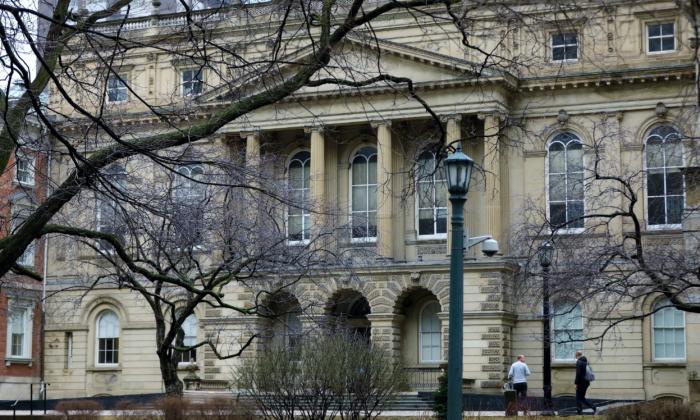CLAYDON, Sask.—It’s as if they never left.
Eleven years after 50 purebred plains bison were re-introduced to a rolling patch of prairie grass and sagebrush in the southwest corner of Saskatchewan, the herd is thriving.
In 2003, the shaggy beasts were trucked in from Elk Island National Park in Alberta to the Old Man on His Back Prairie and Heritage Conservation Area, a 5,300-hectare parcel of grassland south of Swift Current.
There are now 70 females and four bulls in the herd. The success has meant that the program can send calves to other areas that need a fresh infusion of purebred animals and to producers who are trying to grow their numbers as well.
“They really look at home when you seem them out there grazing,” says Natalie Nikiforuk, the natural areas manager for the Nature Conservancy of Canada, which owns the land along with the Saskatchewan government.
It’s estimated that there were once about 60 million bison in North America, but the animals were almost completely wiped out about a century ago when they were hunted for nothing more than their tongues or their horns.
At the turn of the last century, the last large herd of wild bison on the Montana plains was bought by the Canadian government and moved to what would become the Elk Island park.
In recent years, bison have been shipped from Elk Island around North America in an effort to restore the animals to the landscape.
What makes this herd special, Nikiforuk says, is that it is genetically pure. Hair and blood samples were sent to Texas A&M University in 2007 and there was no trace of any beef DNA in the animals.
“That’s been a real problem with the bison species—the interbreeding between them and cattle,” she says.
Nearby Grasslands National Park also received a shipment of 71 bison from Elk Island in late 2005 in an effort to increase genetic diversity and avoid inbreeding.
Nikiforuk says that provides an opportunity for genetic diversity.
“That is the one thing you have to worry about when you do have something that is genetically pure.”




